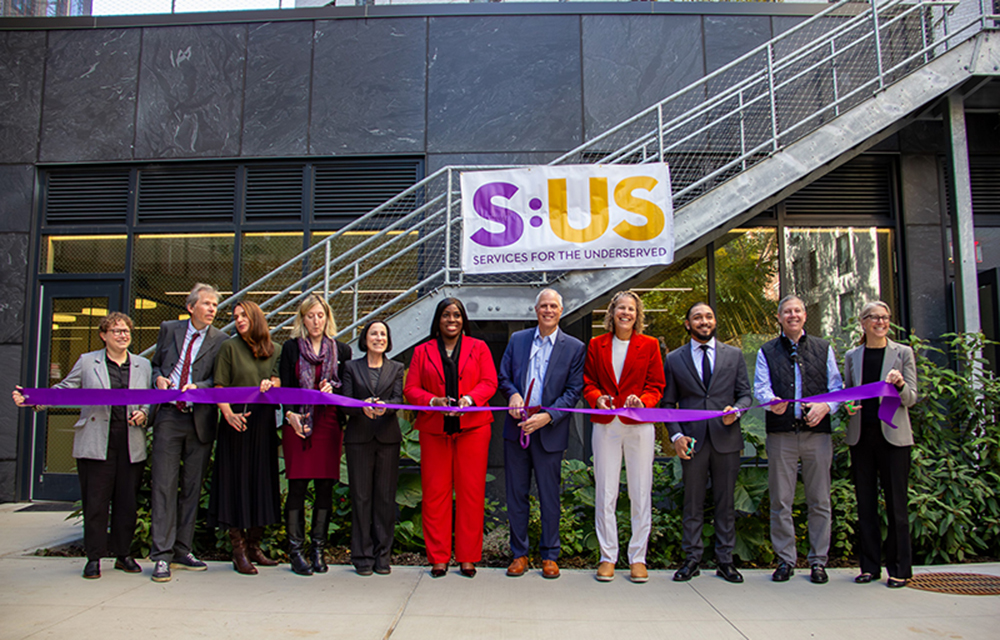Water, water, lead sweet water: A three-step approach to access/manage a lead in water risk - by Lee Wasserman

Wow! Who would have thought the whole lead-in-water issue would resurrect itself in Newark, N.J.? Didn’t we figure this one out? And didn’t our public water systems have enough common sense to keep their eyes on the ball and not make the same mistake(s)? In Newark’s situation, lead is entering the water system from a different source, which is not the same as Flint, but couldn’t they see it coming? Or, if we want to play conspiracy theorist, maybe they could and the EPA had been directed to look closer at the city of Newark to begin smear politics? Whatever the trigger, the bottom line is, once it’s out there and negatively sensationalized by the totally biased media, it’s out there! As the tailor’s tale goes, once the feathers are thrown into the wind, it is really, really hard (if not impossible) to get them back. And now the lead in water feathers have been released. So, what options does a property manager have to minimize risk, comply with laws (if any pertain to their specific situation), and protect their residents? In my almost 30 years of experience, I thought it would be interesting to share a three-step approach to assess and manage a lead in water (and any other chemical of concern) risk.
1. Have a lead in water, reasonably knowledgeable person on staff! The best defense is a good offense, and if nobody on your team knows the rules of the game, your team is in for trouble! What is “reasonable knowledge?” They have visited and read over the EPA website for lead in water (https://www.epa.gov/dwreginfo/lead-and-copper-rule). They have a general understanding of a property’s water distribution system (street to faucet), and they are familiar with any historical lead in water sampling results associated with the property (municipal or privately collected).
2. Implement an annual lead in water “basic” sampling program. Option A - your own staff performs annual sampling. This would cost approximately $300 per year (CertifiedKit.com). Or option B - hire a trained, certified, insured third party professional for $500+ (www.LEWCorp.com). It’s hard to manage, protect, and defend if you have no documentation or proof to support “basic” sampling with a “basic” annual, relatively inexpensive program, and being somewhat proactive is always a better position than having your head in the sand!
3. Treat areas of concern and document appropriate actions! Just because you install a filter does not mean the occupants will properly use it. Just because EPA advises, we advise, and you advise the occupants to regularly flush their cold-water lines for five minutes twice a day does not mean they will. Regardless of occupant’s actions or lack thereof, the current climate and alarmist media will hold ownership/management responsible! So, a simple annual notification letter coupled with regular flushing, aerator cleaning, and/or replacement and filtering (where needed) are the principals of a “basic” proactive program.
Whether we like it or not, the lead in water feathers have once again been released into our space. The election season is upon us and politics is a funny business. The media stimulates the alarmist concern and the residents are fearful of what they don’t know. To further understand the concern you can certainly visit EPA web site, https://www.epa.gov/dwreginfo/lead-and-copper-rule. Or visit www.certifiedkit.com for a do-it-yourself water test kit. Or you can always contact your local water testing/consulting provider at LEWCorp.com. Questions are always free.
Lee Wasserman is the founder of LEW Corp., Mine Hills, N.J.
NYC mayor and DOB release comprehensive façade inspection and safety study conducted by Thornton Tomasetti








.gif)
.jpg)
.gif)
.gif)